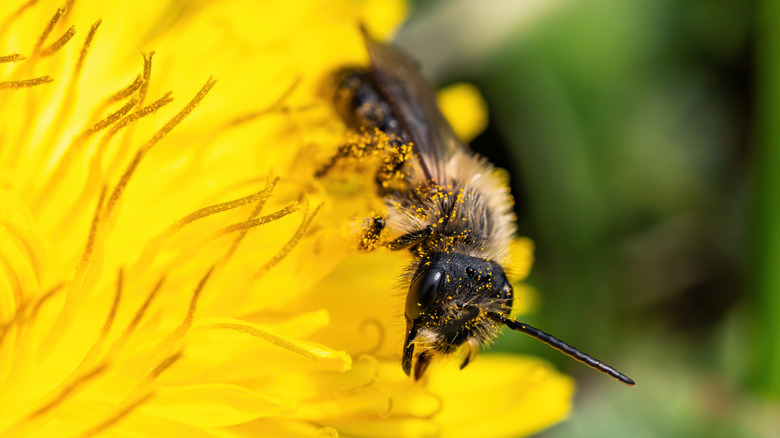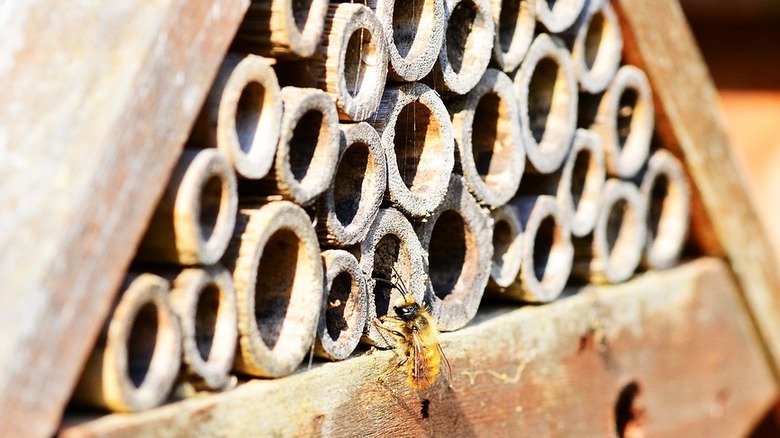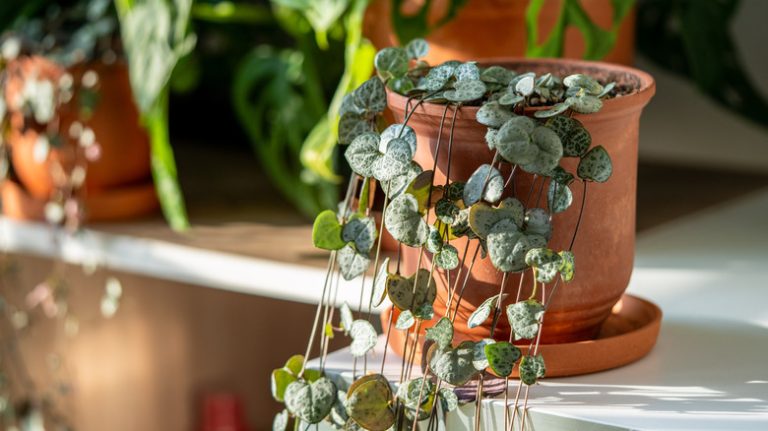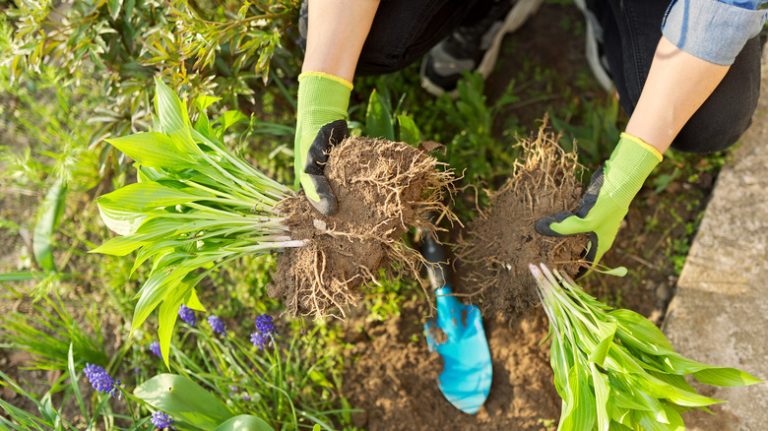Pixabay
We may receive a commission on purchases made from links.
While honey bees are often thought of as the top pollinators, approximately 300 mason bees can pollinate an entire acre of cherry or apple trees, making them very effective. Honey bees came from Europe, but most mason bees are native to North America. Bryan Danforth, an entomology professor at Cornell University, told the Cornell Chronicle that native bees are better pollinators than honey bees. “An individual visit by a native bee is actually worth far more than an individual visit by a honey bee,” Danforth said. “Honey bees are more interested in the nectar. They don’t really want the pollen if they can avoid it. The wild, native bees are mostly pollen collectors. They are collecting the pollen to take back to their nests.”
This is why you want these insects in your yard and garden. However, mason bees generally don’t travel far from their nests, so they can be difficult to lure onto your property. While it may be difficult, you can do so by providing them with the ideal conditions to construct their nests and lay their eggs. Attracting these bees to your yard and garden will help the flowers, vegetables, and trees thrive and could aid in combating issues caused by the decline of honey bees.
Why mason bees are important

Ronda Brady/Shutterstock
Though they don’t make honey, mason bees are extremely beneficial to the environment. These insects often emerge from their nests and begin pollinating earlier than other species, going about their work right at the start of spring. Because they are solitary and do not work in colonies, they are less likely to experience colony collapse disorder, which has caused honey bee populations to dwindle. Rather than having a colony that supports a queen, female mason bees take care of their own young. Further, unlike honey bees, they are typically less picky about the plants they visit, making them more effective overall.
Mason bees will build nests and pollinate in the area where they are born, and attracting them to your yard could aid in increasing the number of native bees near you as they continue to reproduce. By giving these insects a place to nest and the resources they’ll need to thrive, you’ll not only help the environment, but the bees will help your garden as well.
How to attract mason bees

Pixabay
Even though mason bees are solitary, they do construct their nests beside each other. They like to lay their eggs in pre-existing tunnels like hollow plant stems or holes left by beetles in wood, which they seal with mud and fill with pollen. By avoiding cleaning up some of the dead plants in your yard, you can give these insects a few natural nesting spots. If you like to keep your yard neat or hope for more bees, you can make your own mason bee houses by drilling tiny holes that are 6 inches deep into untreated pieces of wood. However, make sure the holes don’t go all the way through the wood and are smooth.
The DIY nest can then be secured at least 4 feet above the ground on a fence, tree, or wall that receives morning sunlight. If you’re not confident in your carpentry skills, you can also purchase houses on Amazon. Besides a place to nest, mason bees will need access to flowers and trees that bloom early in the spring, as well as mud to put inside their tunnels to protect their eggs. Further, if you reuse bee houses, it’s important to research how to keep them clean from year to year to prevent diseases.



